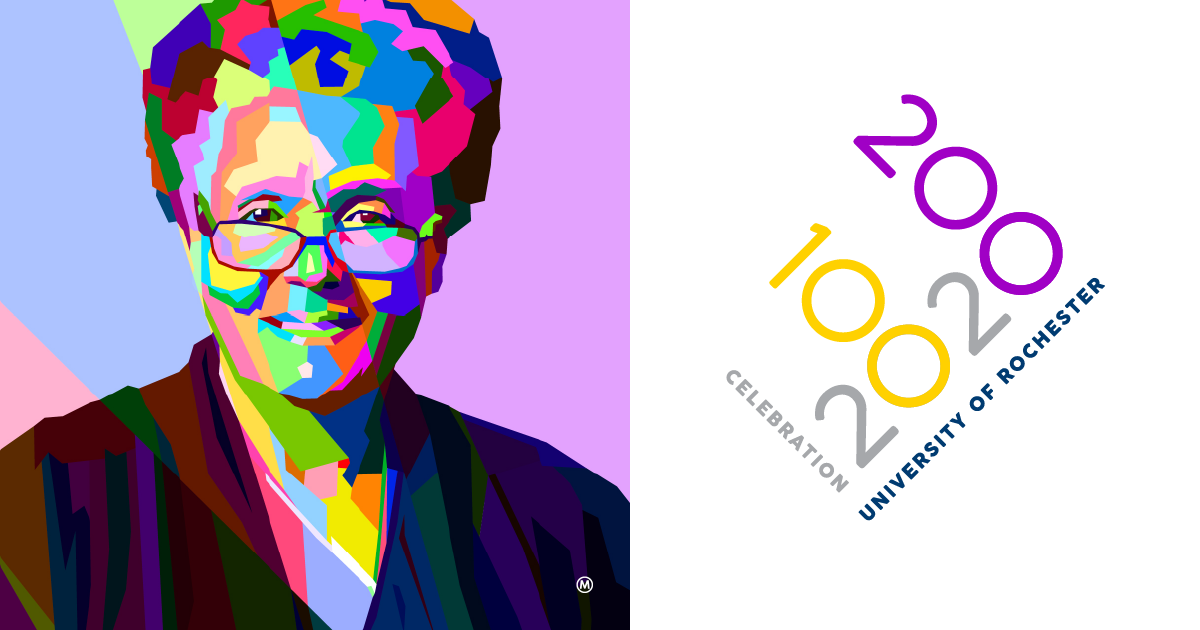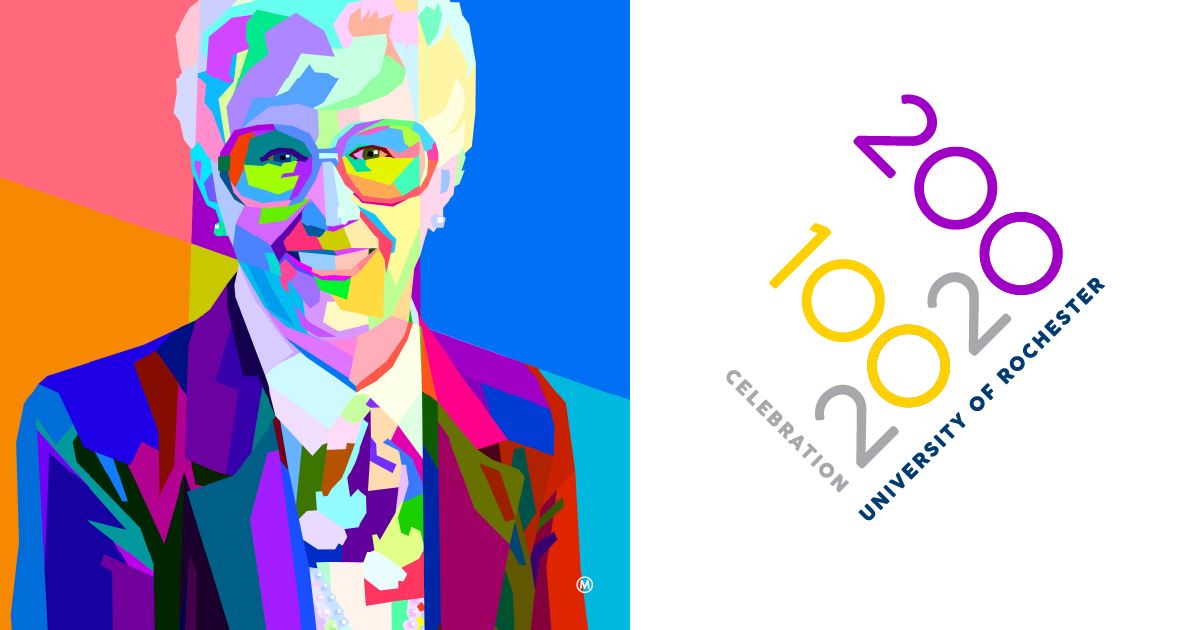University of Rochester alumnus. Biochemist who made significant contributions to the discovery of DNA polymerase.

In 1953, the discovery of our now famous double-helix structure of DNA initiated a wave of scientific research. With this, Arthur and Sylvia (Sylvy) Kornberg ’38, ’40M (MS) set out to discover how this new and elegant structure replicated itself.
Through their research, Arthur Kornberg won the 1959 Nobel Prize in Medicine. However, it was, in fact, Sylvy Kornberg who discovered an enzyme that degraded an essential triphosphate, thus clearing the path for successful replication.
In his autobiography, For the Love of Enzymes, Arthur Kornberg acknowledges his wife’s significant contribution “to the science surrounding the discovery of DNA polymerase,” the mechanism by which DNA is synthesized. He also drew attention to Sylvy Kornberg’s important research on polyphosphates and their role in helping cells store and retrieve energy. When Arthur won the Nobel Prize, Sylvy quipped, “I was robbed!”
Born Sylvia Ruth Levy in 1917, Kornberg and her Jewish parents fled Latvia and Belarus, ultimately settling in Rochester, New York. Neither of her parents had a formal education, both working in factories all their lives. Kornberg overcame these humble circumstances to become a successful scientist at a time when most women did not achieve a college education.
Kornberg came to the University of Rochester with an interest in American history and English, but she grew fascinated with science. She began commuting from the College for Women’s campus on Prince Street to the College for Men—now known as the River Campus—in order to attend advanced classes in biology and chemistry.
Kornberg earned her bachelor’s degree in 1938 as well as a master’s degree in biochemistry in 1940 from the School of Medicine and Dentistry. She focused her graduate study on lipid metabolism and the character of lipids in tumors. It was then she met her future husband, Arthur.
She later secured work at the National Cancer Institute at the same time Arthur was working at the National Institutes of Health. This began a great collaboration between the two. They married and had three sons. Within their family, they had two Nobel Prize winners (Arthur in 1959 and their son Roger in 2006).
In another day and age, Sylvy Kornberg might have gained recognition for her contributions to science. By all accounts, however, she took pride in her accomplishments without the fanfare. Nevertheless, the University of Rochester proudly recognizes Sylvy Kornberg’s contributions to science, and we hold her up as an example of great scientific ability and vision.



